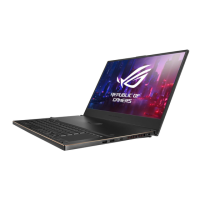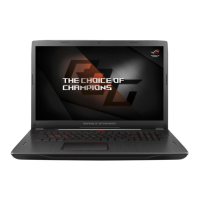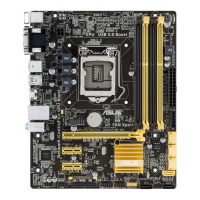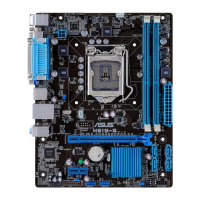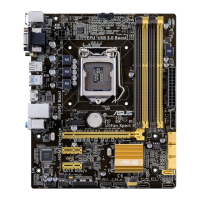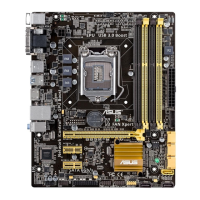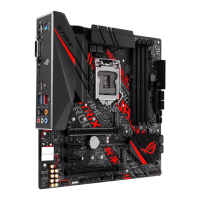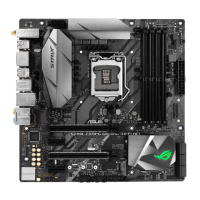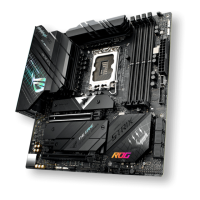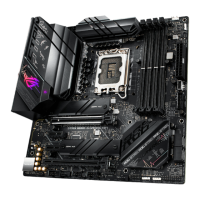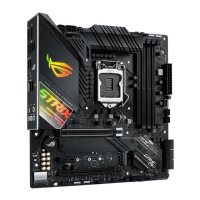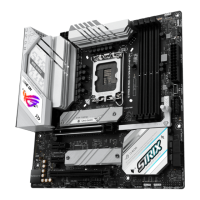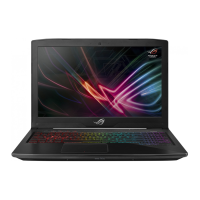
 Loading...
Loading...
Do you have a question about the Asus G series and is the answer not in the manual?
| Series | G Series |
|---|---|
| Processor | Intel Core i7 |
| Graphics | NVIDIA GeForce RTX |
| RAM | 32GB |
| Storage | SSD |
| Display | 15.6" |
| Operating System | Windows 10 |
| Battery | Varies by model |
| Weight | Varies by model |
| Ports | USB, HDMI, Ethernet, Audio Jack |
| Wireless | Wi-Fi 6, Bluetooth |
Legal notice regarding manual reproduction and ASUS's rights.
Outlines ASUS's liability limits for product use and manual errors.
Provides information on accessing ASUS support resources and website.
Identifies components such as microphones, camera, display, and air vents.
Identifies components on the bottom, including vents and compartment cover.
Details the memory card reader and USB ports on the right side.
Details the DC input, LAN port, and other essential connections on the left side.
Step-by-step guide on connecting the power adapter and charging the battery.
Explains moving the pointer and basic touchpad gestures like tapping and sliding.
Details the use of function keys, Windows keys, and the numeric keypad for various commands.
Step-by-step guide for initial OS setup, including personalization and account setup.
Explains the Start menu's role and common activities like launching apps and settings.
Covers launching, customizing, and moving apps within the Windows environment.
Explains how to use Task View to switch between open apps and virtual desktops.
Instructions for connecting to Wi-Fi and Bluetooth networks.
Guides on configuring dynamic IP/PPPoE network connections.
Provides methods for safely shutting down the notebook PC and putting it into sleep mode.
Explains POST as a series of diagnostic tests run during startup and how to access BIOS.
Details BIOS settings, boot options, security, and the process for updating the BIOS.
Advises on safe operating temperatures, power adapter use, and handling.
Provides instructions for cleaning and avoiding damage from solvents, liquids, and dust.
Instructs on responsible disposal of the notebook PC and battery, avoiding municipal waste.
Offers tips on software updates, anti-virus, backups, and proper shutdown for optimal use.
Addresses common hardware and software issues and their solutions.
Details DVD/Blu-ray drive capabilities and geographical restrictions for movie playback.
Covers FCC, ISED, EU declarations, and RF exposure guidelines.
Warns about lithium battery explosion risks and proper replacement/disposal procedures.
